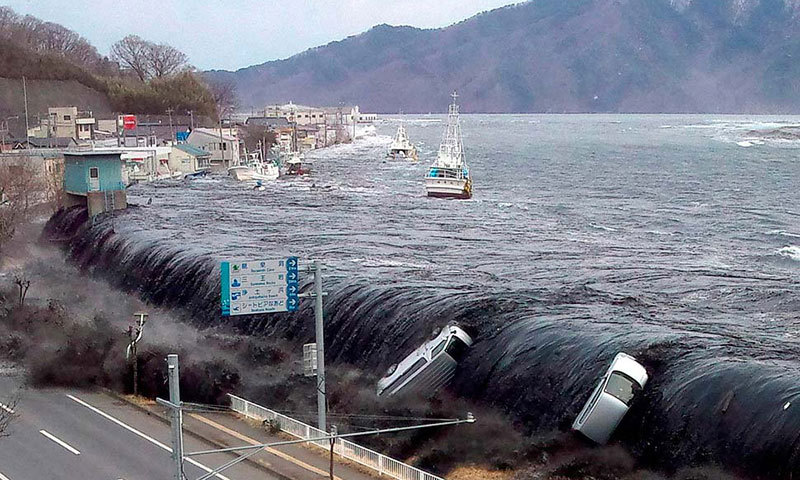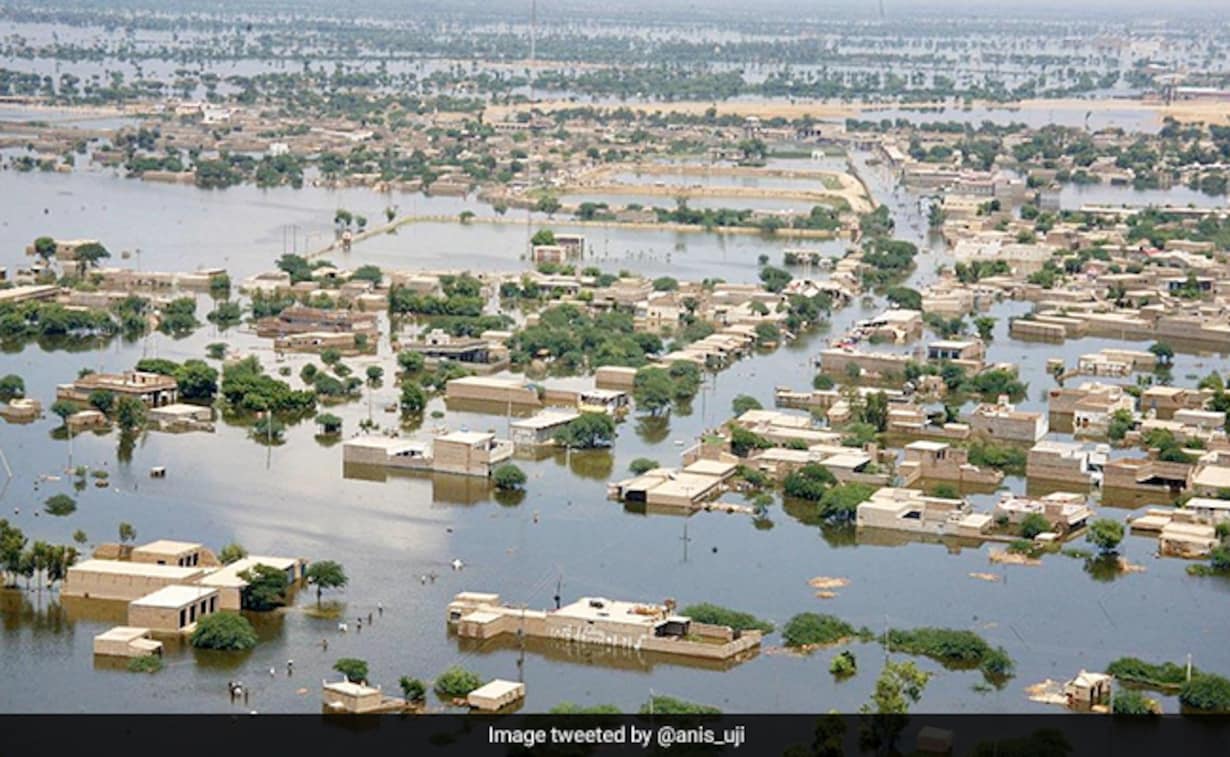Table of Content:
In the year 2022, Pakistan experienced a catastrophic natural disaster that shook the nation to its core—the devastating tsunami. This deadly force of nature, triggered by an undersea earthquake, unleashed a series of massive waves that crashed upon the coastal areas of Pakistan, leaving behind a trail of destruction and loss. This article delves into the details of this tragic event, exploring its causes, the impact it had on the affected regions, the response efforts, and the lessons learned from this harrowing experience.

Causes and Trigger:
The tsunami that struck Pakistan in 2022 was primarily triggered by a powerful undersea earthquake with a magnitude of 7.5 on the Richter scale. The epicenter of the earthquake was located in the Arabian Sea, off the coast of Pakistan. The sudden tectonic movement generated a massive displacement of water, resulting in the formation of powerful tsunami waves.
Impact and Destruction:
The coastal regions of Pakistan, particularly the areas of Sindh and Balochistan, bore the brunt of the tsunami's fury. The colossal waves, reaching heights of up to 30 feet, crashed ashore with tremendous force, inundating coastal towns and villages. The impact was devastating, with widespread destruction of infrastructure, homes, and livelihoods.
The loss of life was tragic, with hundreds of people perishing in the disaster. The coastal communities, heavily reliant on fishing and agriculture, suffered significant economic setbacks. The tsunami also caused extensive damage to critical facilities such as hospitals, schools, and power stations, exacerbating the hardships faced by the affected population.
Response Efforts:
In the aftermath of the tsunami, the Pakistani government swiftly mobilized its resources to provide emergency relief and assistance to the affected communities. The military, along with various national and international humanitarian organizations, played a crucial role in rescue operations, providing medical aid, distributing food, water, and essential supplies, and setting up temporary shelters for displaced individuals.
The government, recognizing the long-term challenges faced by the affected regions, initiated plans for the reconstruction and rehabilitation of the devastated areas. Efforts were made to restore essential infrastructure, including the construction of new homes, schools, healthcare facilities, and roads.

Lessons Learned and Preparedness:
The tsunami in Pakistan served as a wake-up call for the country, highlighting the importance of disaster preparedness and early warning systems. The disaster exposed vulnerabilities in coastal areas, emphasizing the need for improved infrastructure resilience and community awareness regarding natural disasters.
Moving forward, it is crucial for the government to invest in early warning systems that can detect and notify coastal communities about the imminent threat of a tsunami. Educational campaigns and training programs should be implemented to educate the population on evacuation procedures and safety measures during such emergencies.

The tsunami that struck Pakistan in 2022 was a catastrophic event that left a lasting impact on the affected regions. It served as a stark reminder of the power of nature and the importance of disaster preparedness. While the loss and devastation caused by the tsunami were immense, the response efforts showcased resilience, unity, and the determination to rebuild. As Pakistan continues to recover and rebuild, the lessons learned from this tragic event will shape future disaster management strategies, ensuring a more resilient and better-prepared nation in the face of future natural calamities.


You must be logged in to post a comment.